The Memoir Project: A Thoroughly Non-Standardized Text for Writing and Life
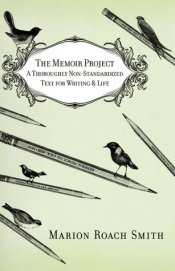
The author of The Roots of Desire: The Myth, Meaning, and Sexual Power of Red Hair provides straight-forward tactics and advice for writing honest memoirs.
Jump to navigation Skip to content
From the newly published to the invaluable classic, our list of essential books for creative writers.

The author of The Roots of Desire: The Myth, Meaning, and Sexual Power of Red Hair provides straight-forward tactics and advice for writing honest memoirs.

The author provides practical ideas and techniques for writing truthful, absorbing, and factual memoirs. This guidebook is broken down into handy sections such as “Family Members as Characters,” “Fact-Checking,” “Reconstruction of Events,” and “Writer’s Responsibilities to Subjects.”
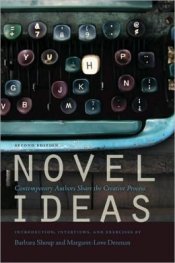
Shoup and Denman explore how to write a novel and focus on the elements of fiction and the process of revision. The authors also interview successful novelists in order to provide readers with further insight into crafting their own stories.
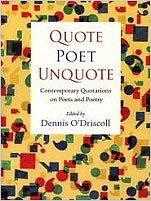
O’Driscoll collects hundreds of inspirational and thought-provoking quotations about poetry, spanning topics such as “Poetry in Motion,” “Poetic Drive,” and “Call Yourself a Poet,” from prominent authors.
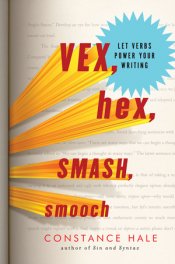
The author of Sin and Syntax: How to Craft Wickedly Effective Prose (Broadway Books, 1999) explores syntax, grammar, and powerful ways of utilizing verbs to write more compelling, effecive prose.
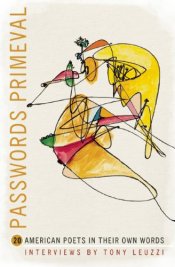
The author interviews successful poets about their work and focuses on prevalent themes, images, and their process of revision.
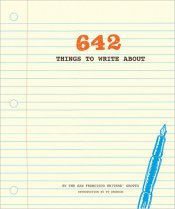
Get your creative juices flowing with this collection of witty, outrageous, and thought-provoking writing prompts compiled by thirty-five members of the San Francisco Writers' Grotto, a workspace for professional writers.
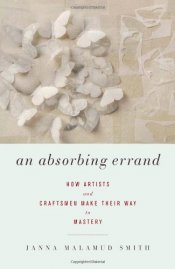
The author uses stories of artists' lives, personal anecdotes, and insights from the author's work as a psychotherapist to examine the psychological obstacles that prevent people, including poets and writers, from staying with, and relishing, the process of art-making.
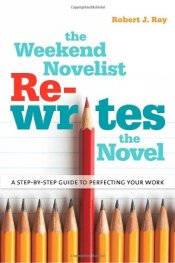
The author of The Weekend Novelist guides readers through a series of seventeen weekend revision exercises.
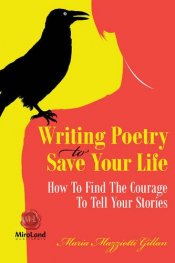
The author, a widely published poet and the executive director of the Poetry Center at Passaic County Community College in Paterson, New Jersey, combines her own personal story as a writer with suggestions for writers at all stages of development.
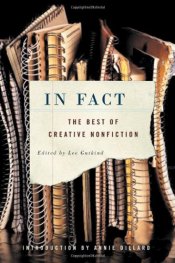
This collection of work previously published in the literary journal that helped define a genre includes writing by Diane Ackerman, Phillip Lopate, John McPhee, Richard Rodriguez, Floyd Skloot, John Edgar Wideman, and Terry Tempest Williams.

The new edition of this reference book for students, writers, and educators reviews the fundamentals of correct sentence structure, then presents twenty basic sentence patterns that encompass virtually every effective way in which simple, compound, and complex sentences can be structured.
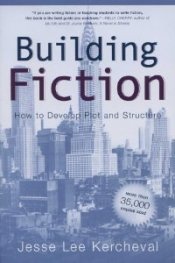
In this resource for fiction writers, short story and novelist Jesse Lee Kercheval equates structuring fiction with building a house. Kercheval offers advice on generating story ideas, developing characters, and revision. Each chapter is accompanied by writing exercises as well.
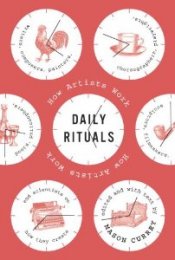
By presenting the habits and routines of various artists—including writers such as Maya Angelou, W. H. Auden, Jane Austen, Ann Beattie, Simone de Beauvoir, Patricia Highsmith, Arthur Miller, Gertrude Stein, Philip Roth, and Voltaire—Mason Currey aims to show, as he writes in his introduction, "how grand creative visions translate to small daily increments; how one's working habits influence the work itself, and vice versa."
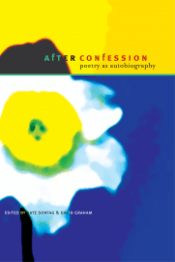
In this collection of twenty-eight essays, poets such as Frank Bidart, Marilyn Chin, Billy Collins, Louise Glück, Kimiko Hahn, Yusef Komunyakaa, and Sharon Olds explore the autobiographical impulse in poetry. As Library Journal writes: "Each weighs in on a different area of the discussion, but all are evocative and engaging. One quickly discovers that the confessional poem's legacy extends further than the expected Plath, Sexton, and Lowell. Sappho, Shakespeare's elusive figures, Milton's daughters, and Mary Wordsworth are as likely to be evoked by these writers, as they demonstrate how poetic voice spans an infinite variety of combinations."
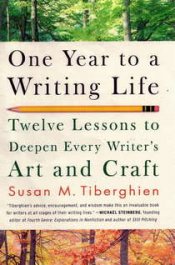
In this guide writer and teacher Susan M. Tiberghien provides advice and writing exercises that help beginning writers develop their voice and enrich their craft.
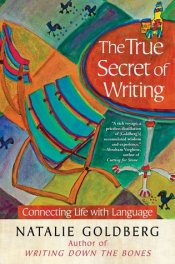
Author of the classic Writing Down the Bones, Natalie Goldberg offers another writing guide based on her forty years of teaching small, intensive workshops at a remote center in the rural Southwest. In chapters with titles such as "Why Silence?," "Meditation (Sitting)," "Seven Attitudes of Mindfulness," and "Six-Word Memoir," Goldberg shares her insights about finding truth and clarity on the way to establishing a literary life.
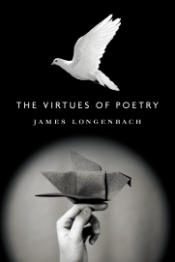
Written by poet and critic James Logenbach, this collection of twelve essays explores various ways that poetry at its most successful delivers meaning. Longenbach uses as examples poems by Shakespeare, Donne, Blake, Keats, Dickinson, Yeats, Pound, Bishop, and Ashbery, among other greats.
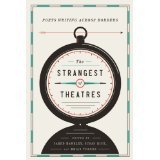
An anthology of essays by poets such as Kazim Ali, Elizabeth Bishop, Naomi Shihab Nye, Nick Flynn, Yusef Komunyakaa, Claudia Rankine, and Alissa Valles whose travels have informed their writing. The book also includes practical resources for finding work abroad, applying for fellowships and residencies, funding a trip, obtaining proper travel documents, and attending to other cultural considerations.
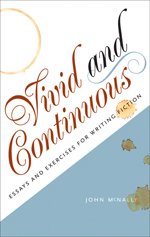
In Vivid and Continuousseasoned fiction writer and teacher John McNally, who is also the author of The Creative Writer’s Survival Guide, offers solutions to the problems beginning fiction writers face. Each of the fifteen chapters includes writing exercises meant to reinforce McNally’s guidance.
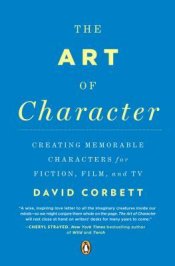
New York Times notable author David Corbett offers a unique and indispensable toolkit for creating characters that come vividly to life on the page and linger in memory. Corbett delves into the human heart of characterization, showing beginning and advanced writers how to plumb the rich source materials of their own lives and the world around them to fashion credible, compelling characters.
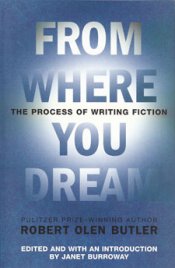
Based on a series of his lectures, Pulitzer Prize-winning novelist Robert Olen Butler provides in-depth guidance about how to fully develop one's fiction. Butler's advice stems from his belief that "art does not come from the mind. Art comes from the place where we dream."
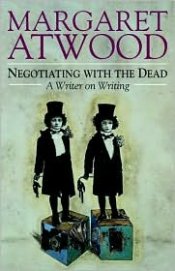
Based on a series of lectures Canadian author Margaret Atwood delivered at the University of Cambridge in 2000, this book comprises six essays that explore the role of the writer—especially the woman writer—in society. Atwood is the author of more than fifty books of poetry, children’s literature, fiction, and nonfiction and is best known for her novels. Her many literary accolades include the Governor General's Award in 1985 for her novel The Handmaid's Tale (McClelland and Stewart) and the Man Booker Prize in 2000 for her novel The Blind Assassin (McClelland and Stewart).
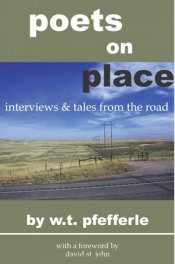
Poet W. T. Pfefferle take a roadtrip across the United States to interview America's poets about how they relate to where they live and how it informs their poetry. The interviews, some of which originally appeared in Poets & Writers Magazine, feature poets such as Marvin Bell, Lucy Brock-Broido, Rita Dove, Linda Gregerson, Carol Muske-Dukes, Paisley Rekdal, Alberto Rios, Mark Strand, Karen Volkman, and more.
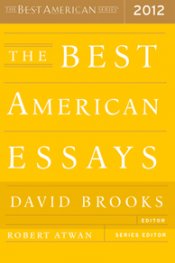
Edited by Robert Atwan, with an introduction by David Brooks, this collection continues the series launched in 1986. It includes essays by writers such as Jonathan Franzen, Malcolm Gladwell, Sandra Tsing Loh, Francine Prose, and Wesley Yang.